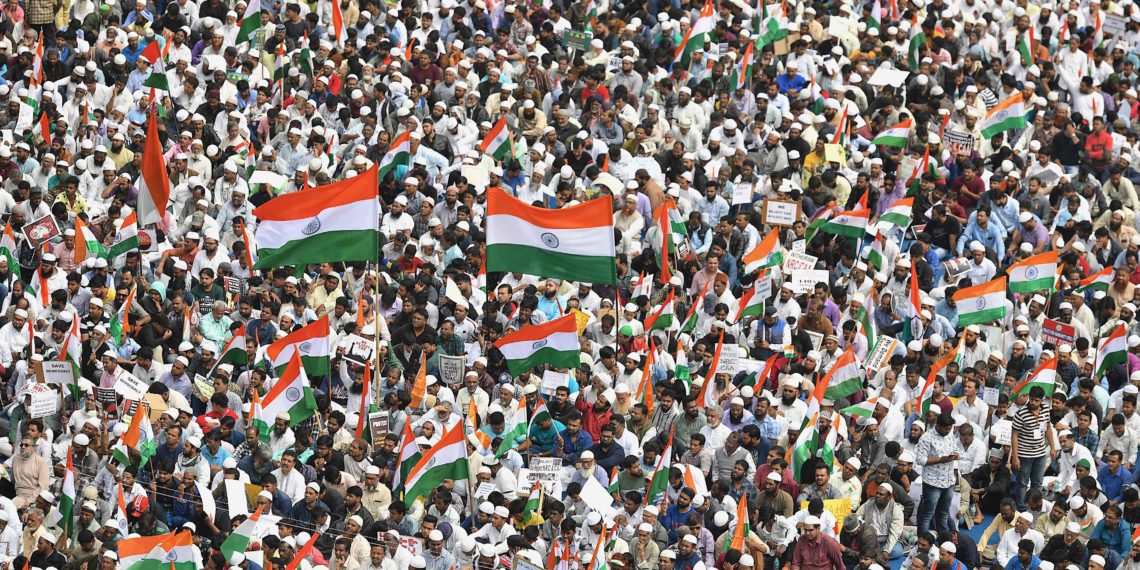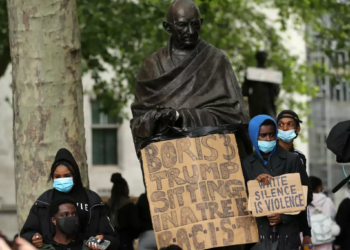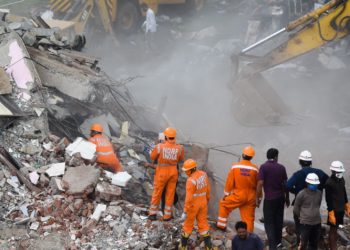The Indian parliament, dominated by the Hindu right-wing Bharatiya Janata Party (BJP), recently passed the Citizenship Amendment Act (CAA). This contentious bill selectively relaxes restrictions for unauthorized (and hence, illegal) migrants and refugees to obtain Indian citizenship. Unauthorized immigrants who entered the country from neighboring Islamic Afghanistan, Bangladesh, and Pakistan before 2015 can now become Indian citizens – but not if they are Muslim.
The act is discriminatory in its choice of minorities and countries, especially in leaving out neighboring countries where Muslims are a religious minority facing persecution. Rohingyas in Myanmar are a case in point.
At the same time, the government of Prime Minister Narendra Modi has also announced its intention to formulate a nationwide National Register of Citizens (NRC), a comprehensive list of all Indian citizens. Such a list has recently been created for the north-eastern state of Assam, where unauthorized immigration, as well as an influx of non-Assamese settlers from other parts of India, has been a political flashpoint for decades.
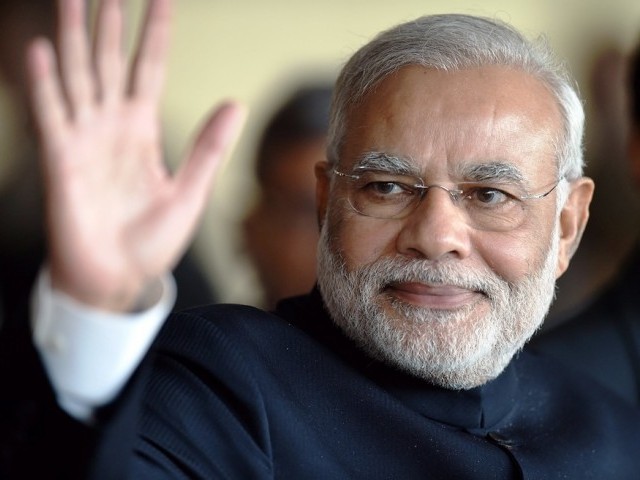
Viewed in isolation, both the CAA and NRC look like reasonable policies. Even with the preferential treatment of some religions over others, the CAA may be considered an improvement in that it offers help to some unauthorized migrants without changing the status of the left out unauthorized Muslim migrants. And the NRC is just a list of citizens, something which has been on the cards for a while.
However, once the CAA and NRC are put together and understood in the context of the ruling government’s political ideology, things get scary. And then, one can appreciate why there were nationwide protests against the CAA over the last few weeks.
Politics Behind CAA-NRC
The Hindu right has long insisted that Bangladeshi Muslims have been infiltrating the porous India-Bangladesh border and have been settling into India’s north-east. Various left-leaning political parties are alleged to have ignored, if not encouraged, this influx. Reliable statistics of how many Bangladeshis have entered India, whether Hindu or Muslim, are hard to find, leading to many widely differing estimates.
The Hindu right succeeded in forming alliances with local political parties in the north-east who were fighting for the rights of locals over outsiders, including Indians from other states, especially from West Bengal. Equating the (primarily Hindu) locals with Indian citizens and outsiders with Bangladeshi Muslims suited both parties’ agenda and hence sustained their coalition. Then, per an accord between the government and local rights activists, an NRC was created for the state of Assam with the hope of separating natives from the outsiders.
However, when the first draft of the Assam NRC was released, it excluded many who were self-evidently citizens, including relatives of a former Indian president and ex-Indian army personnel. It also became evident that many excluded from the list were Hindus, who apparently could not produce the necessary documentation to prove their citizenship or whose documents had minor clerical errors such as spelling of names. In addition, the number of those excluded (some 1.9 million) fell considerably short of the expected number of outsiders that the NRC exercise was expected to identify and exclude.
BJP Faces Backlash
The listing of large numbers of Bengali-speaking Hindus as non-citizens led to a backlash from the BJP’s Bengali Hindu constituency. In response, the BJP abruptly changed tack by questioning the NRC’s validity. The party also intensified its push for the CAA, since the amendment would provide a way for Bengali Hindu residents excluded from citizenship to be brought back onto the register while keeping out Muslims.
And then, to compound its embarrassment, the government announced that the registry exercise would be extended to the entire country and all unauthorized – essentially Muslim – outsiders will be “thrown out.” Several detention centers to hold those deemed illegal under the NRC are already constructed, while many more are on the way.
In light of the nightmarish examples of inaccuracies in the Assam NRC exercise, this announcement has created an atmosphere of anxiety and besiegement among Indian Muslims. Students on university campuses around the country, left-leaning parties, and those who feel the CAA-NRC policy is a threat to Indian secularism have joined in the protest.
Modi’s Good Cop, Bad Cop Approach
In the face of popular rejection, Prime Minister Modi and his government have seemed to adopt a “good cop, bad cop” approach.
One the one hand, Modi has accused opponents of being revolutionary Marxists or Pakistani sympathizers who are spreading “white lies” about government schemes. On the other hand, he has assured citizens that the policies will have no effect on either Indian Hindus or Muslims and even denied that there is any plan to roll out a nationwide NRC.
Given the widespread protests against the CAA-NRC, one might ask why the Modi government persists with it. One suggested answer is that the approach is a tactic which the BJP hopes will consolidate its Hindu Bengali vote in the West Bengal elections scheduled for December 2020. Will it work? Possibly.
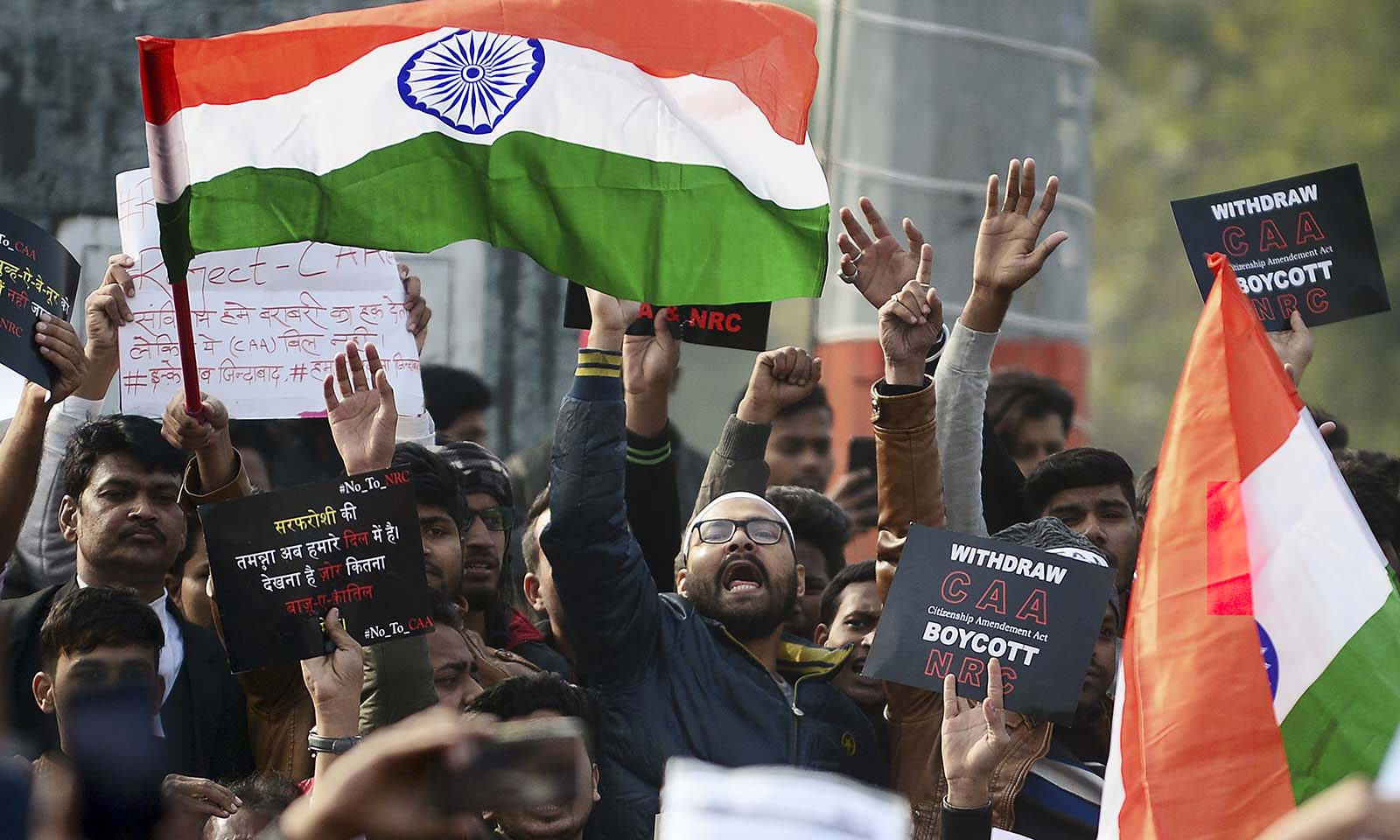
This policy shows similarities with the 2016 demonetization of high-value rupee notes. The demonetization was a poorly planned, hastily executed, ultimately futile exercise. Still, despite causing widespread hardship, especially for the poor, the Indian electorate does not seem to have politically punished the BJP.
However, the policy may have adverse repercussions in other states, especially since many BJP allies have refused to participate in the NRC exercise.
This can play out in two ways. Either it will damage the BJP in states where its votes come indirectly through allies, or it could lead to Hindu voters in these states abandoning the regional parties and directly voting for the BJP. In this sense, the BJP seems to be playing a high stakes gamble.
However, as a policy, it is far from clear that even if such an exercise succeeds in identifying infiltrators, it is feasible to deport such people. Additionally, the human and economic costs of the practice are hard to justify in the face of uncertain gains this policy may bring.
At the same time, it has already dented India’s international reputation and created a communal rift at home, which will hurt the country’s economic prospects at this crucial moment.
Disclaimer: The views and opinions expressed here are those of the author and do not necessarily reflect the editorial position of The Globe Post.

